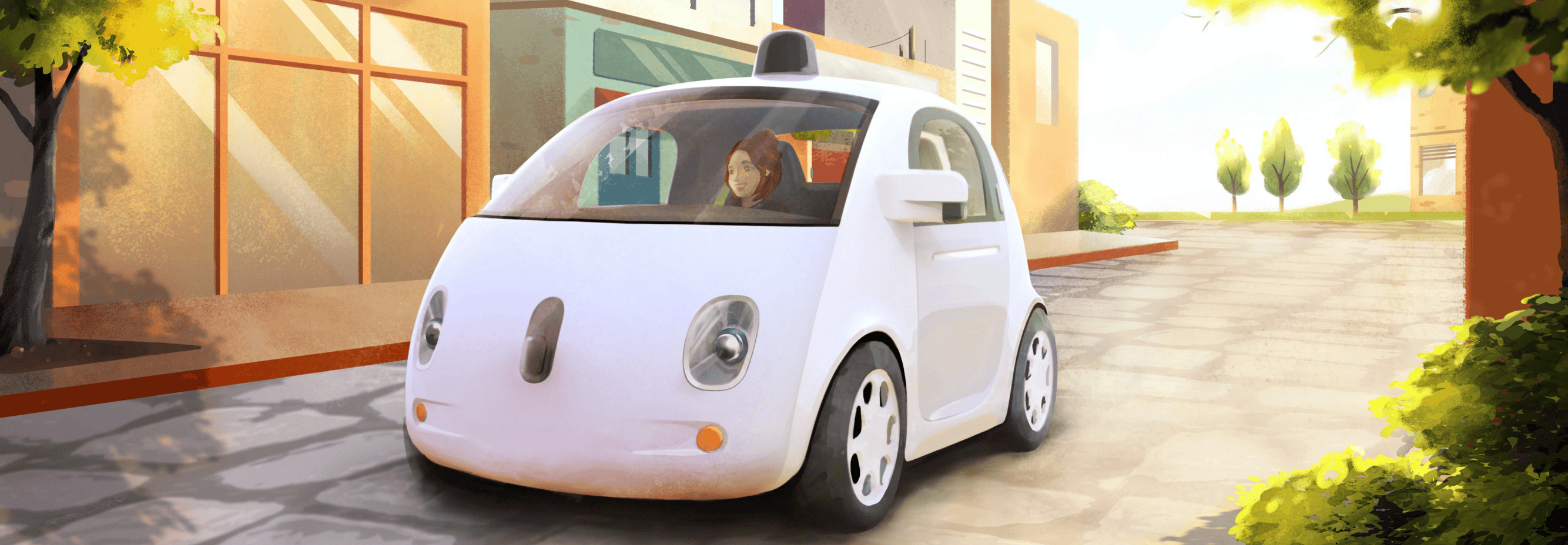A recent study revealed that self-driving cars are less likely to crash than cars driven by humans.
The advent of self driving cars has prompted serious concerns regarding security. Are self-driving vehicles safer or more dangerous than human-driven vehicles on the road? A study conducted at the Virginia Tech Transportation Institute, released on Friday, suggests that autonomous vehicles pose less of a security hazard on the road than what experts had previously thought.
The study, commissioned by Alphabet Inc’s Google unit, included 50 of Google’s self driving vehicles.
Google’s autonomous vehicles have driven over 1.3 million miles and have been on the road for six years. Since Google began testing the autonomous vehicles on roads only 17 crashes have occurred, with all the collisions believed to be the fault of a human driver and not the self-driving car.

Autonomous vehicles are actually safer on the road than cars driven by humans, according to the study.
The study found that cars driven by humans had 4.2 crashes per million miles driven, while Google vehicles had a rate of just 3.2 crashes per million, proof that autonomous cars are involved in fewer crashes than vehicles driven by a human.
The study was conducted to determine the on-road security level of autonomous vehicles – measured by comparing crash rates to conventional vehicles driven by humans.
The study assessed driving risk for the United States nationally and for the Google Self-Driving Car project. Driving safety on public roads was examined in three ways. The total crash rates for the Self-Driving Car and the national population were compared to (1) rates reported to the police, (2) crash rates for different types of roadways, and (3) scenarios that give rise to unreported crashes.
First, crash rates from the Google Self-Driving Car project per million miles driven, broken down by severity level were calculated.
The Self-Driving Car rates were compared to rates developed using national databases which draw upon police-reported crashes and rates estimated from the Second Strategic Highway Research Program (SHRP 2) Naturalistic Driving Study (NDS).
Google’s self-driving cars were involved in fewer crashes than cars driven by humans

Level 1: Crashes with airbag deployment, injury, rollover, a high Delta-V, or that require towing. Injury, if present, should be sufficient to require a doctor’s visit, including those self-reported and those from apparent video.
Level 2: Crashes that do not meet the requirements for a Level 1 crash. Includes sufficient property damage that one would anticipate is reported to authorities (minimum of $1,500 worth of damage, as estimated from video).
Level 3: Cashes involving physical conflict with another object (but with minimal damage) that do not meet the requirements for a Level 1 or Level 2 crash.
The researchers at Virginia Tech said:
“As self-driving cars continue to be tested and increase their exposure, the uncertainty in their event rates will decrease. Current data suggest that self-driving cars may have low rates of more-severe crashes when compared to national rates or to rates from naturalistic data sets, but there is currently too much uncertainty in self-driving rates to draw this conclusion with strong confidence. However, the data also suggest that less-severe events (i.e., Level 3 crashes) may happen at a significantly lower rate for self-driving cars than in naturalistic settings.”

